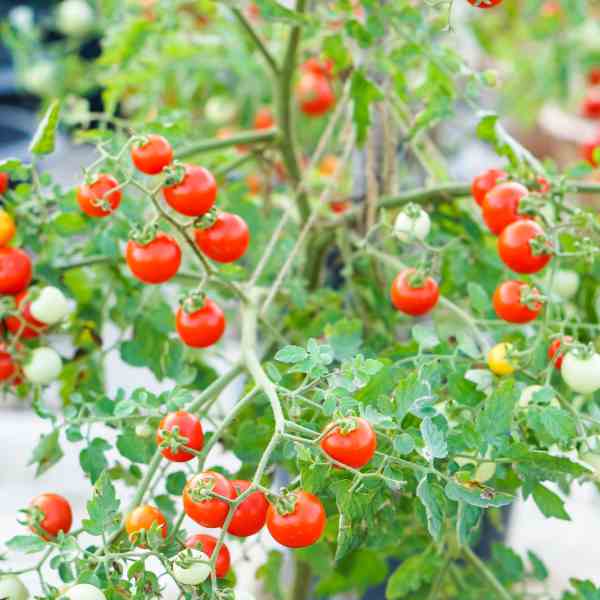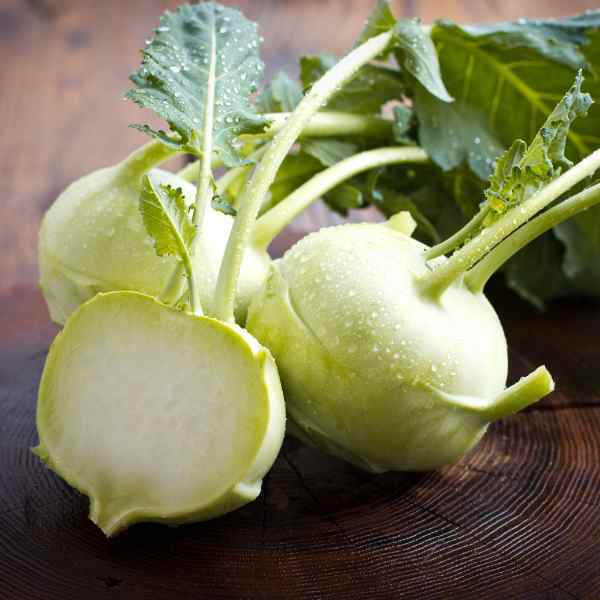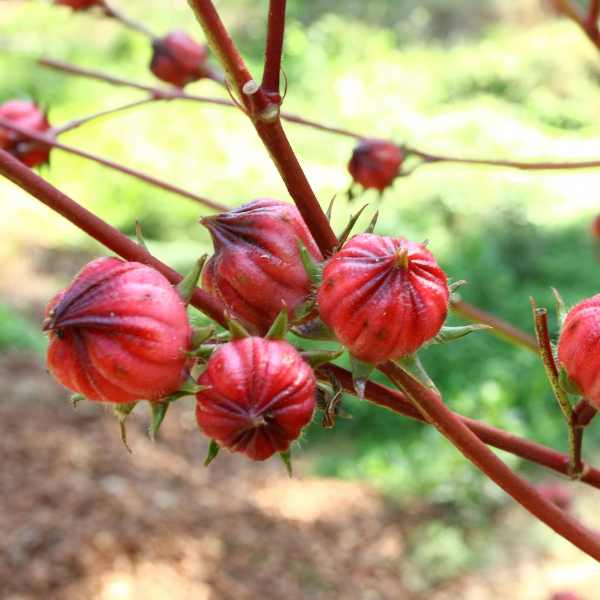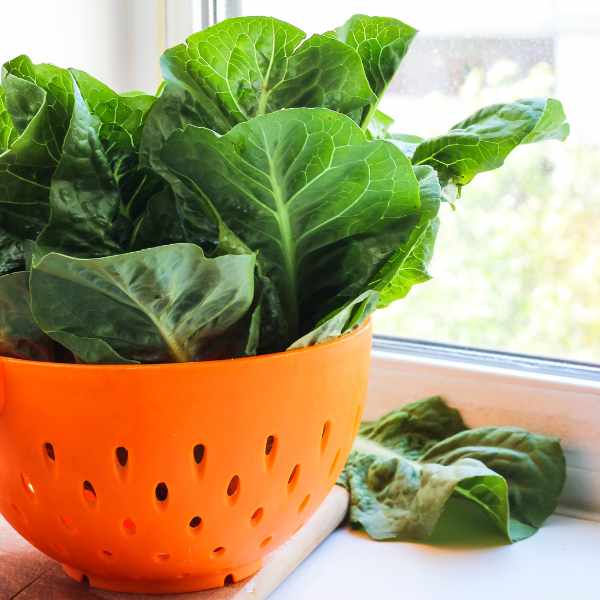Discover the African Horned Cucumber
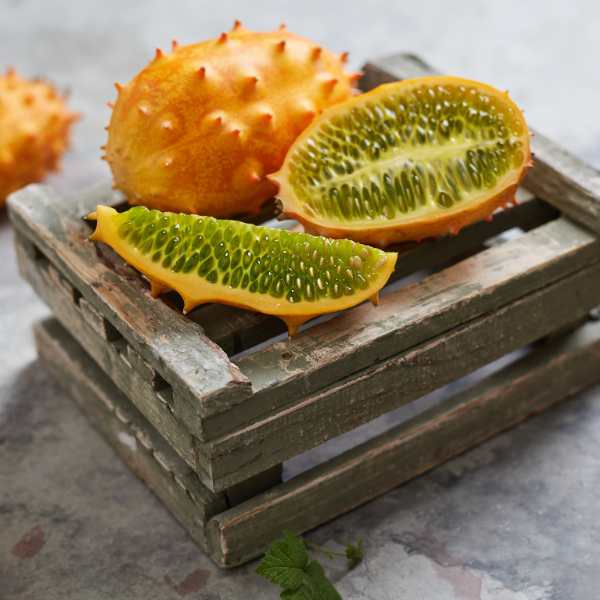
With its spiky, orange exterior and seedy, green flesh, the African Horned Cucumber looks like it comes from another planet. Its appearance is so striking, it once appeared in an episode of Star Trek as the Golana melon.
Whilst it is called a cucumber, it is much more like a melon in its uses and flavour. It is very decorative fruit with its spiny orange-yellow rind and the bright greenish jelly-like pulp inside.
The pulp has a seedy texture, like passionfruit but with smaller and softer seeds. The taste is quite unusual – a combination of cucumber and banana, with the tartness of kiwifruit and lime. Adding a bit of salt or sugar really enhances the flavour.
Growing Method
The vines are reasonably easy to grow and are usually unaffected by pests and diseases. They like a warm and sunny location but are quite tolerant of light shade as well.
They will grow in poor soil types, but to improve your harvest, plant in a well-draining soil with plenty of organic matter. Picking the fruit regularly will encourage the growth of more fruit.
Plant your seeds around 5 mm deep and 50 cm apart to allow for good air circulation around the plant. The soil pH should be slightly acidic to neutral (around 6.0-7.0).
The vines love to climb just like ordinary cucumbers. They can be quite a vigorous vine so you will need a sturdy trellis to hold them They also grow well on the ground.
The cucumber requires regular watering, especially during dry periods. However, it is important not to overwater as it can lead to root rot.
Fertilise the plants with a balanced fertilizer every few weeks to promote healthy growth and fruit production.
African Horned Cucumber plants have both male and female flowers. Bees are the primary pollinators, so make sure to encourage pollinator activity in your garden.
The fruit is typically ready to harvest 70 – 90 days after planting. They can be stored at room temperature until fully ripe.
How to select a ripe African Horned Cucumber
- Colour: Look for a vibrant orange exterior. The spikes should be firm and evenly distributed.
- Texture: Gently press the fruit. It will give slightly under pressure, like a ripe avocado.
- Fragrance: A ripe fruit will have a sweet, slightly floral scent.
Preparing the African Horned Cumber to Eat
- Wash the Fruit: Rinse under cold water to remove any dirt or debris from the skin.
- Cutting: Using a sharp knife to slice the fruit in half lengthwise showcasing the vibrant green, jelly-like interior.
- Scooping: Use a spoon to scoop out the flesh and seeds from the halved fruit. The flesh has a gelatinous texture, and the small seeds are edible.
- Tasting: Take a small bite of the flesh and seeds. The flavour is often described as a combination of cucumber, kiwi, and banana, with a subtle tartness. The texture is both crunchy and juicy, providing a delightful contrast.
Serving Suggestions
- Fresh Fruit Salad: Add to a fruit salad for a pop of colour and unique flavour.
- Smoothies: Blend the flesh and seeds into a refreshing smoothie for a tropical twist.
- Cocktails: Use the flesh and seeds to garnish cocktails or incorporate them into mixed drinks for a visually stunning and flavourful touch.
Nutritional Benefits
In addition to its intriguing taste and texture, The African Horned Cucumber offers the following nutritional benefits:
- Vitamin C: The fruit is rich in vitamin C, which supports immune health and acts as an antioxidant.
- Fibre: The seeds and flesh are a good source of dietary fibre, which aids in digestion.
- Hydration: With its high-water content, it can help keep you hydrated, especially during hot weather.
Conclusion
Learning how to eat an African Horned Cucumber opens a world of culinary exploration. Its unique appearance, delightful flavour, and nutritional benefits make it a valuable addition to any meal. So, the next time you come across this exotic fruit, don’t hesitate to give it a try and embark on a taste adventure.

